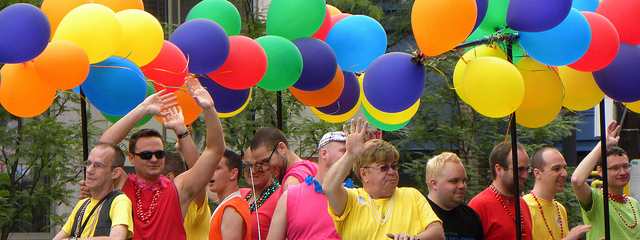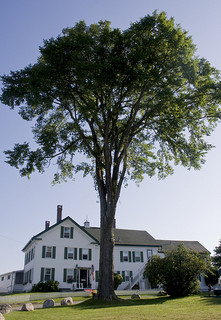 Over on Citings & Sightings, Hollie found a great NY Times opinion piece by Dan Slater called “Darwin Was Wrong About Dating,” which analyzes theories of dating norms through evolutionary psychology. I would definitely incorporate this article into a course or lesson on gender norms in sexual behavior. By breaking down certain Darwinian theories of gendered mating practices, the piece does a great job of showing how such theories can fall apart when examined through a sociological lens.
Over on Citings & Sightings, Hollie found a great NY Times opinion piece by Dan Slater called “Darwin Was Wrong About Dating,” which analyzes theories of dating norms through evolutionary psychology. I would definitely incorporate this article into a course or lesson on gender norms in sexual behavior. By breaking down certain Darwinian theories of gendered mating practices, the piece does a great job of showing how such theories can fall apart when examined through a sociological lens.
Students very often come to sociology classes with assumptions about fundamental, biological differences between men and women when it comes to heterosexual dating practices (“men are naturally more aggressive and compete for the attention of women”, “women are less promiscuous because they need a male partner to provide for children”, “men have a biological drive to spread their seed”, etc.)
Try the following activity in your class to help get students thinking about the social construction of dating practices:
Before students have read the article (probably in the beginning of the semester), ask the class to start naming off various beliefs about dating practices and write them on the board. For example, you could ask: “What do you (or others, or certain scientists) think is natural, or biological, about heterosexual dating practices?”
Then, after they have read the article (this could be in the same class period or between two class periods), ask them if they still believe anything about dating practices and norms is biologically determined. You could have them break into small groups and look through the research cited in the article, and then pose the question to the class. Then, as they begin to explore the various social norms that determine dating practices, ask how this changes their view on dating and sexual encounters in general. This will surely start a lively discussion about our society’s taken-for -granted assumptions about gender difference.




 With a marriage amendment looming in Minnesota, I decided to spend a day on this issue in my Sociology of Families class. I wanted to present both sides of the issue without having to do it myself–because I could have hardly been neutral on the subject–so I had the students read short commentaries on the subject in class and evaluate the persuasiveness of the arguments.
With a marriage amendment looming in Minnesota, I decided to spend a day on this issue in my Sociology of Families class. I wanted to present both sides of the issue without having to do it myself–because I could have hardly been neutral on the subject–so I had the students read short commentaries on the subject in class and evaluate the persuasiveness of the arguments.

